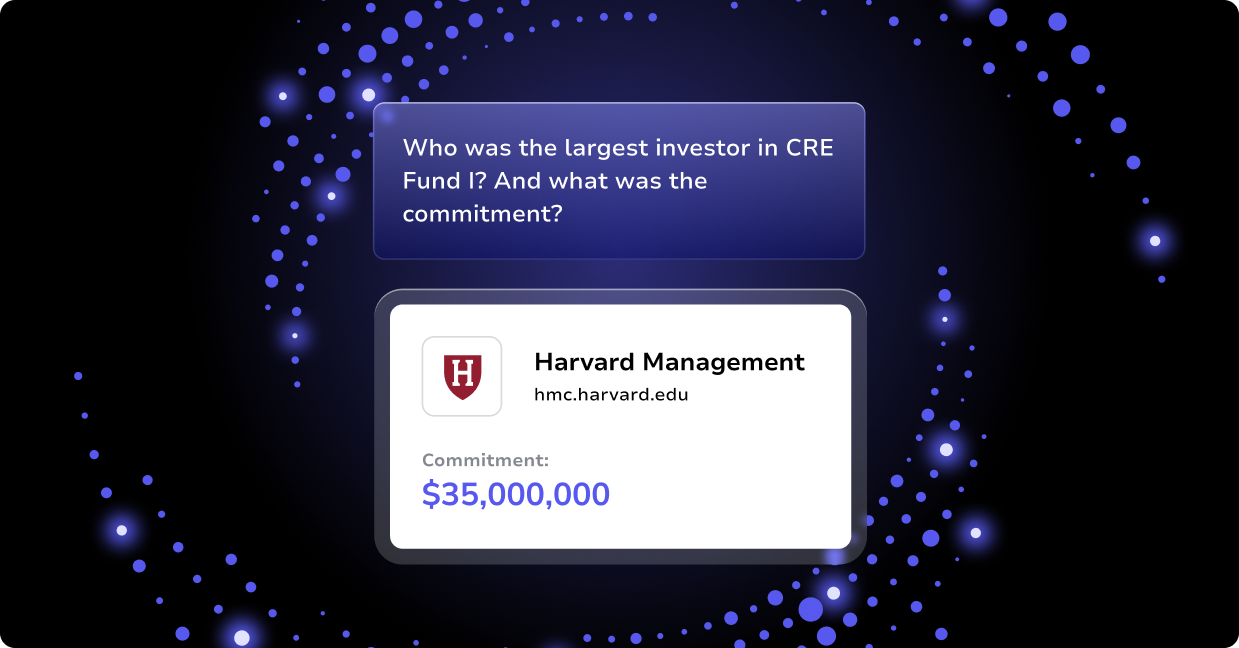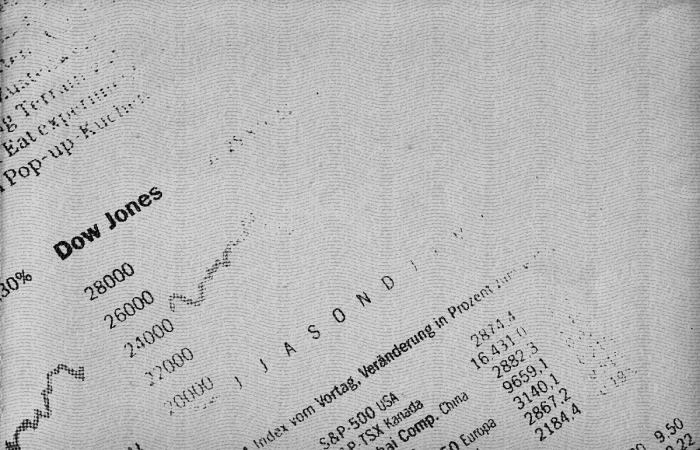The Private Equity/Venture Capital industry is numbers-driven, and, while cash flow is important, firms looking to level up their growth need to set goals that go beyond the simple metrics of money-in/money-out. To measure progress and success, firms need to track those goals against Key Performance Metrics (KPIs).
The KPIs you set will become the firm’s “north star”—the backbone of how you strategize growth, and how you think about the core mission and future of the company. But which KPIs should PE/VCs be focused on, and how can you best monitor and report on those metrics to add value for investors? Read on as we help weed through the noise and determine the top 5 KPIs your firm should be tracking.
5 KPIs Your Firm Should be Monitoring
- Time Spent Sourcing
Time is one of your firm’s most valuable assets (time is money, after all). The on-the-clock time your team puts into researching and sourcing deals and opportunities is a critical component of the firm’s scalability.
Because payroll is the major fixed expense of any deal sourcing, tracking time spent sourcing arms your firm with a full understanding of deal sourcing costs and unveils process inefficiencies so you can adjust for the better.
- Number of Quality Deals (and their sources)
Along with how long it took to secure you a deal, you’ve likely heard the question “Where did this deal come from?” once you’ve closed it. If your firm isn’t tracking 1, the overall number of quality deals (ie: those that have converted through your funnel), and 2, the source of said quality deals, you could be losing out on the ability to hone in on a quality lead source to replicate for future deal sourcing.
By tracking the source for every deal—quality or not—your firm can better understand the deal sources to allocate more time to, and those that are not bringing any value.
- Frequency and Touch Points
The process in closing a deal differs from firm to firm, but regardless, your team needs to check-in and communicate to nurture that lead from an opportunity to a secured deal. That’s where measuring your frequency of communication, and overall number of touchpoints, comes into play.
Tracking the number of outreach points throughout the deal closing funnel helps answer questions like “what’s our average time to close a deal,” and “how many times did we have to check-in to close this deal?”
By monitoring these performance metrics, you can arm your sales team with the data they need to understand when, and how often, to communicate throughout the sales process. You can also unlock areas where your team may be over-communicating, under-communicating, or need some refinement in their messaging to better tailor the conversation to a deal’s stage at any given point in the funnel.
- Cash Flow
To put it bluntly, no one wants to invest in (or own) a company that’s not making money. Cash flow is a key performance metric that clearly shows investors how much cash a company is generating.
Firms can measure cash flow on EBITDA—the acronym for Earnings Before Interest, Taxes, Depreciation, and Amortization. EBITDA is the leading indicator of a company’s financial performance and potential to earn, and is what will help the investor determine their ROI (ie: if they’ll be able to sell the company for more than what they invest upfront).
- Industry-Specific Metrics We hate to be vague, but each industry and business will also have its own unique metrics to track against. Do your research to learn the drivers moving the needle in your specific industry to understand what you should be concentrating on.
Monitor and Report on Your Key Performance Metrics
Once you have your set of KPIs, you’ll want to monitor and report on them regularly (weekly, if not daily). By keeping a close eye on your firm’s performance against your KPIs, PE/VCs will be better able to adapt and pivot if needed in real-time, unlocking new areas of growth and success throughout the firm.
Through leveraging the use of automation platforms designed for PE/VCs (like Altvia), firms can integrate all of their data into one centralized platform and run reports at the click of a button, providing more time to interpret that data and make actionable decisions.
For example, before integrating Altvia at their firm, Spire Capital was relying on spreadsheets for putting together labor-intensive and time-consuming reports, such as recording financials for their portfolio companies, providing information for monthly financial reviews, and producing quarterly and annual reports.
With Altvia’s help, Spire Capital implemented a custom dashboard, providing immense time savings and increased transparency across the business. The firm can now use their custom dashboards to easily pull up mark-to-market valuations (cost, fair market value, etc.) at a fund level for each portfolio company, empowering them to better serve LPs.
Add Value with Data-Driven Dashboards
Through automated platforms designed to help firms better visualize their data, PE/VCs can provide investors with data visualization that provides deeper value and insight than a spreadsheet ever could.
With Altvia’s platform, firms can simplify investor communications and drive LP loyalty through a modern experience that includes interactive dashboards, videos, and charts that bolster engagement. With features like ShareSecure, firms can easily create custom KPI dashboards to share with investors through a secure link—no .csv downloads or multiple email attachments required.
There’s a lot of data available to PE/VCs today, which means there can be a lot of noise when it comes to determining the metrics your firm uses to define success. While these five key metrics can help your firm track success, it’s worth noting that each industry and business will have its own unique metrics to measure.
To revamp your KPIs and set up custom reports and dashboards to arm investors with the data they really want, contact our team to get started.




